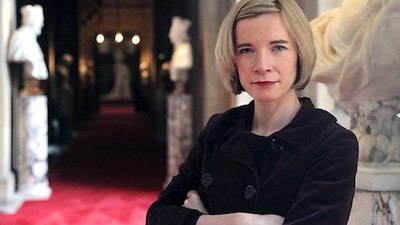Fit to Rule: How Royal Illness Changed History
Fit to Rule: How Royal Illness Changed History
Bad Blood: Stuarts to Hanoverians (1x2)
: 15, 2013
Dr Lucy Worsley explores the medical histories of the later Stuarts, from the exile of James II and the succession of William and Mary to the rise of a new dynasty - the Hanoverians.
This was a transformational stage for the monarchy: following William and Mary's 'Glorious Revolution', monarchs were no longer semi-divine, but answerable to their people and to Parliament. But without their cloak of divinity, their human frailties were now under public scrutiny like never before, and if biology failed them, an increasingly powerful Parliament could step in and take control.
Lucy examines William III's health issues - a sickly child, his chronic ill health continued into adulthood and he proved unable to have children. For Mary the problems were more psychological. As her husband spent more and more time on his anti-Catholic campaigns abroad, she was left to rule in his place - a daunting proposition which served only to remind her of her own inadequacies - as a childless queen, and most harrowingly, as a daughter who had utterly betrayed her father.
Lucy then explores Queen Anne's tragic gynaecological history - she had 17 pregnancies, 12 of which ended in miscarriage or still birth and of her surviving children the oldest only lived 11 years. Plus the extraordinary lengths Parliament employed to find a protestant successor when Anne died childless.
Unlike the Stuarts, the Hanoverians proved they had no problems producing heirs, but in producing a royal family, they found themselves waging a very personal war, as toxic relationships between parents and heirs would threaten the power of the monarchy as much as infertility had threatened the Stuarts.
Lucy scrutinizes the so-called madness of George III, as new research and clinical analysis of his personal letters reveals the real reason behind his manic episodes, before finishing with George IV and his battles with obesity, alcohol and drugs.
